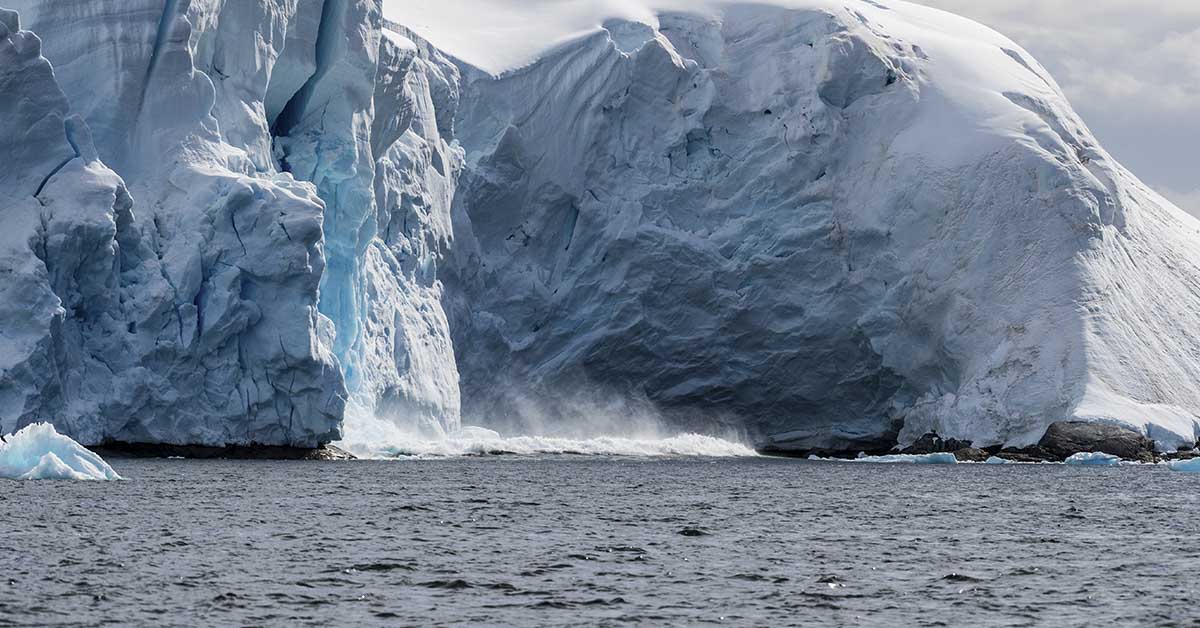Scientists have issued an urgent warning. The Antarctic Ice Sheet, holding around 750,000 cubic miles of frozen freshwater, could soon collapse. This frozen sheet of Antarctica is one of the largest ice bodies on Earth. If it collapses, it would trigger massive sea-level rise, flooding cities, and displacing millions. Even slight deep ocean warming could start this collapse. As the world continues to heat up, the stakes grow higher. Today’s actions will shape our future. Let’s explore why this matters and what we can do to help prevent disaster.
The Antarctic Ice Sheet: A Frozen Giant
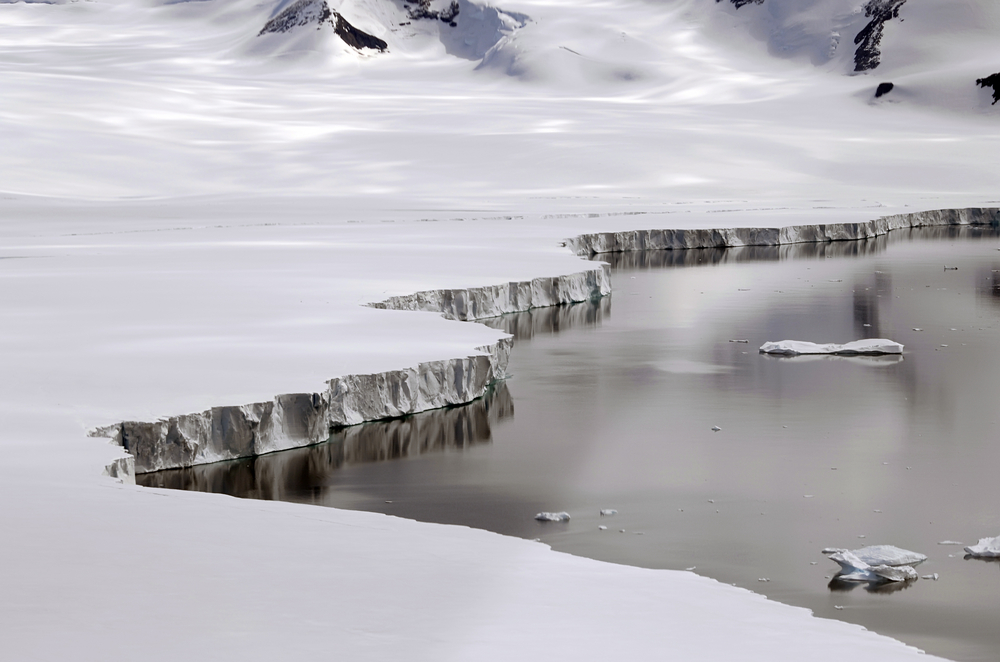
The Antarctic Ice Sheet, sometimes called the Antarctic glacier blanket, is Earth’s largest store of frozen freshwater. It stretches over 19,000 square miles, covering an area larger than the United States. While East Antarctica is more stable, West Antarctica is more vulnerable. This is because it mostly rests on the seabed. As a result, warmer waters already reach its base, melting the ice from below. Consequently, this creates a ticking time bomb for sea-level rise and global climate shifts.
How Slight Ocean Warming Could Trigger Disaster
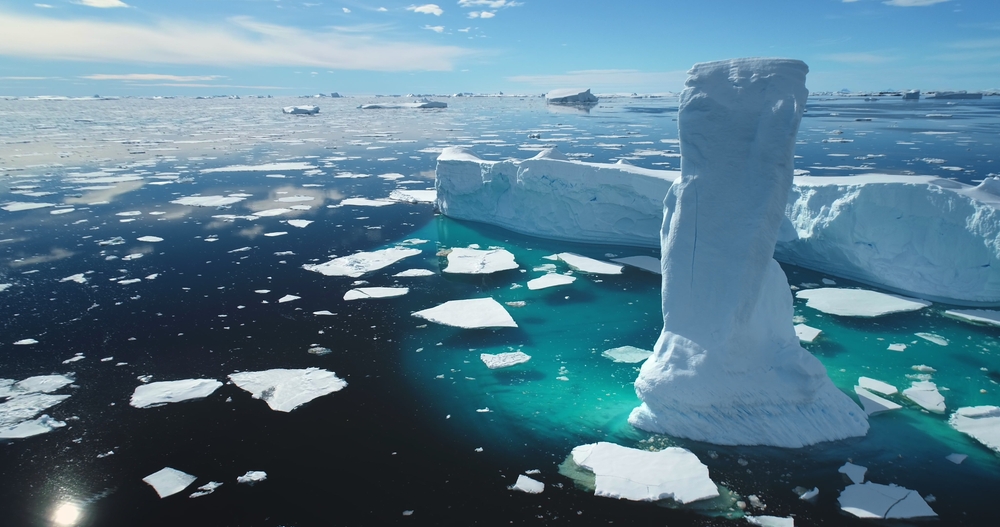
David Chandler leads the study at the Norwegian Research Centre. According to his findings, just 0.25°C of deep ocean warming above today’s levels could start the collapse. Even though this change seems small, it carries massive consequences. Moreover, as warmer ocean waters flow beneath ice shelves, they thin and melt. This sets off a chain reaction that threatens the entire Antarctic ice coverage. Clearly, stopping further ocean warming is essential.
Read More: Melting Ice in Antarctica Could Spark Volcanic Eruptions, Scientists Warn
West Antarctic Ice Sheet
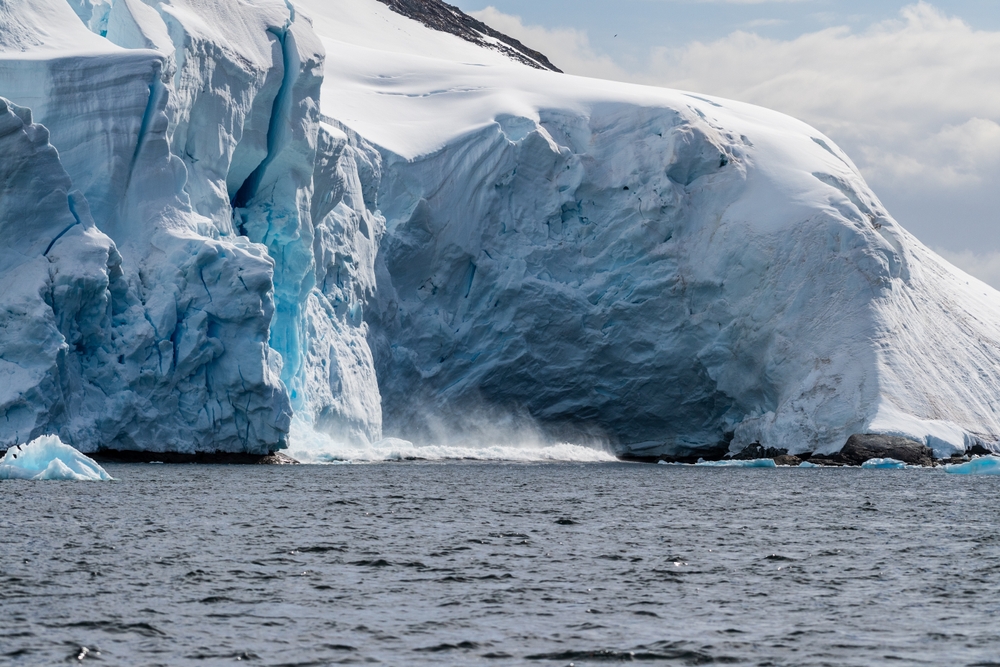
The West Antarctic Ice Sheet is already in danger. If it collapses, sea levels could rise by about four meters over the next few hundred years. Such a rise would swamp coastal cities and force millions to abandon their homes. Furthermore, small island nations, already vulnerable, could end up underwater entirely. This highlights why urgent action to slow global warming is so important.
Read More: Camera Lowered Into Hole 93 Meters Beneath Antarctica Makes Stunning Discovery
Impact on Coastal Communities
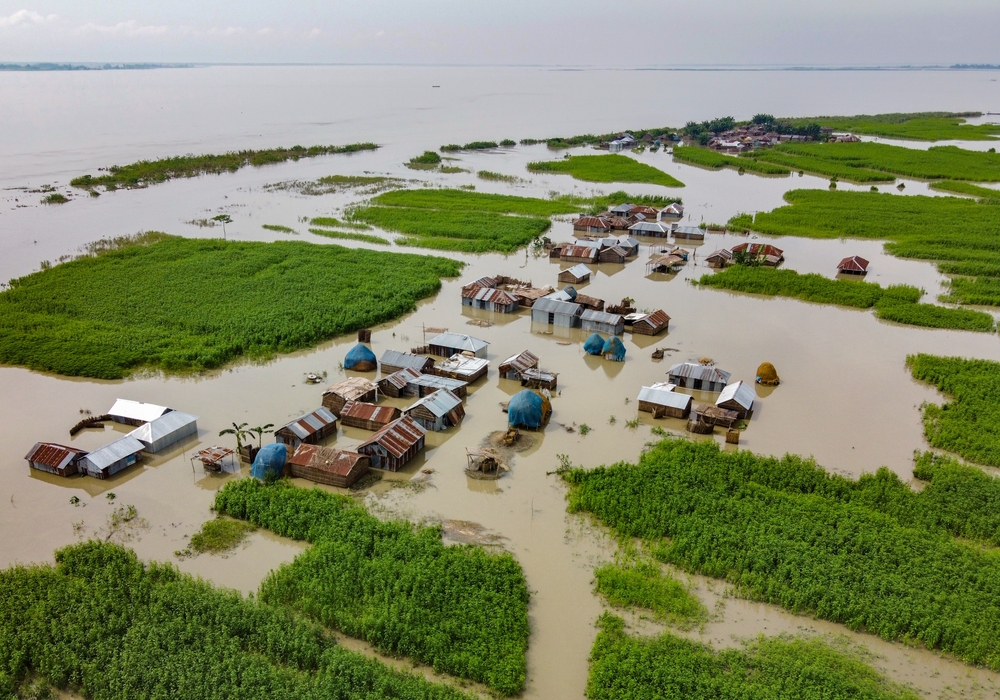
Imagine New York City’s skyline under water. Picture London’s Thames barriers overwhelmed. Think about Tokyo’s bustling harbors swamped by rising tides. These scenarios may sound like science fiction, but they’re real possibilities. Consequently, flooded cities would face broken infrastructure and lost homes. Displacement would create millions of climate refugees. In addition, small island nations already battling erosion and saltwater intrusion might vanish entirely. Clearly, this crisis would not stop at coastlines. It would ripple through economies and cultures, forcing tough decisions about where and how to live.
Two States of Stability
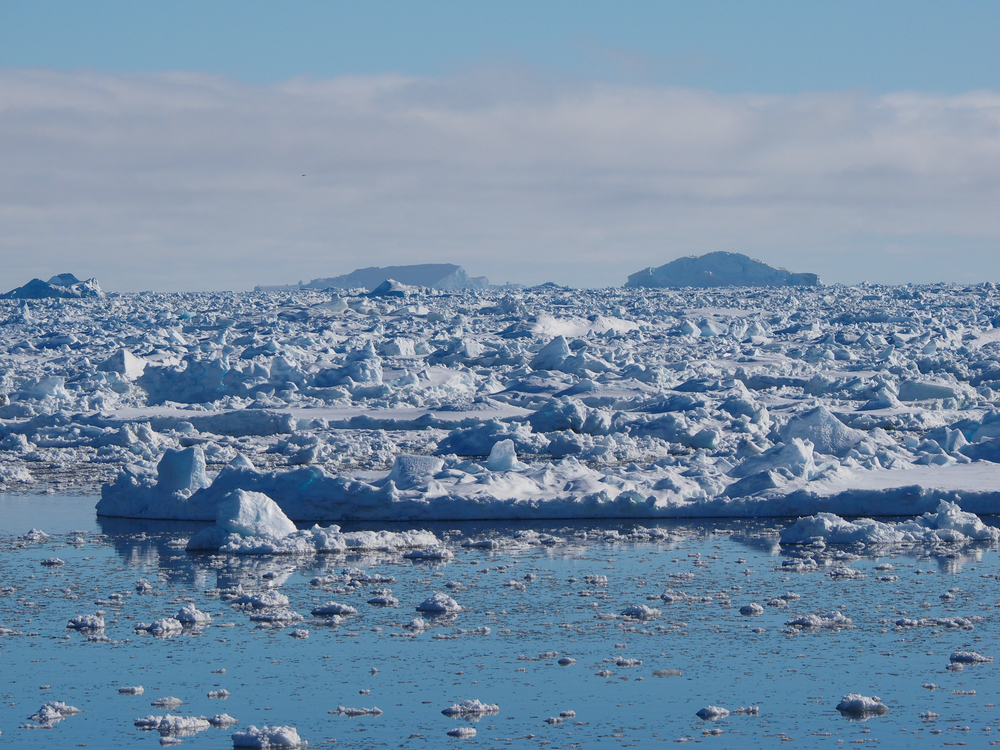
David Chandler’s research indicates that Antarctica’s frozen sheet has two primary states. In one, the West Antarctic Ice Sheet remains stable, holding back sea-level rise. On the other, the ice sheet collapses. Once oceans warm enough, this tipping point is hard to avoid. Past climate cycles show that the ice sheet has flipped back and forth between these states for 800,000 years. However, the difference now is human activity. Our carbon emissions are pushing the ice sheet closer to collapse faster than nature alone would.
Read More: Antarctica’s Ozone Layer Shows Strong Signs of Recovery, Scientists Say
Tipping Point in Earth’s History
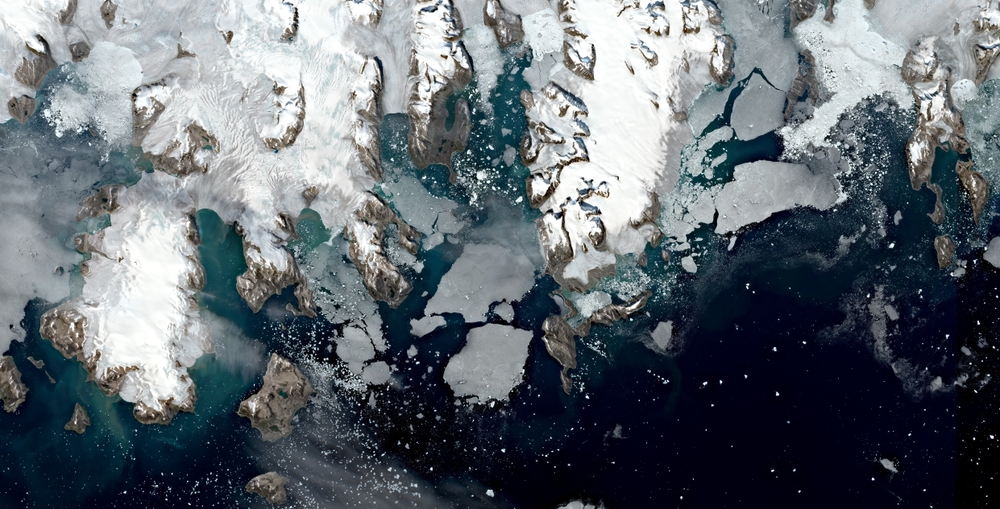
Earth’s history is full of climate changes. Chandler’s team studied these shifts to understand today’s risk. In warmer eras, oceans melted the ice sheet from below. They found that even small changes in ocean temperature can start a chain reaction. Once this reaction begins, ice loss accelerates. As a result, this process could take centuries to play out, but the impacts would be seen in our lifetimes. Ultimately, it’s a stark reminder that what happens in Antarctica doesn’t stay in Antarctica.
Irreversible Damage Ahead
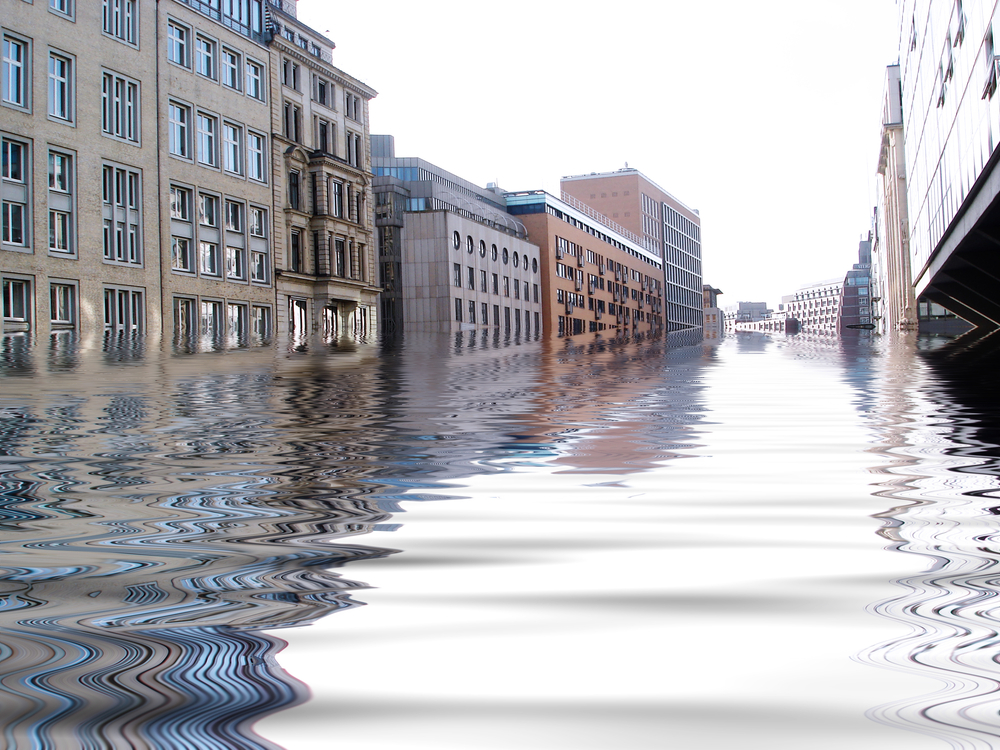
David Chandler warns that once the Antarctic glacier blanket collapses, it’s “practically irreversible.” Even if we cooled the planet, rebuilding the ice sheet would take thousands of years. Consequently, cities lost to floods might never recover. Small island nations could become lost forever. That’s why acting now is crucial. Every fraction of a degree we avoid warming buys time for communities to adapt and reduces the scale of the damage. Clearly, prevention is the only real solution.
Global Climate Consequences
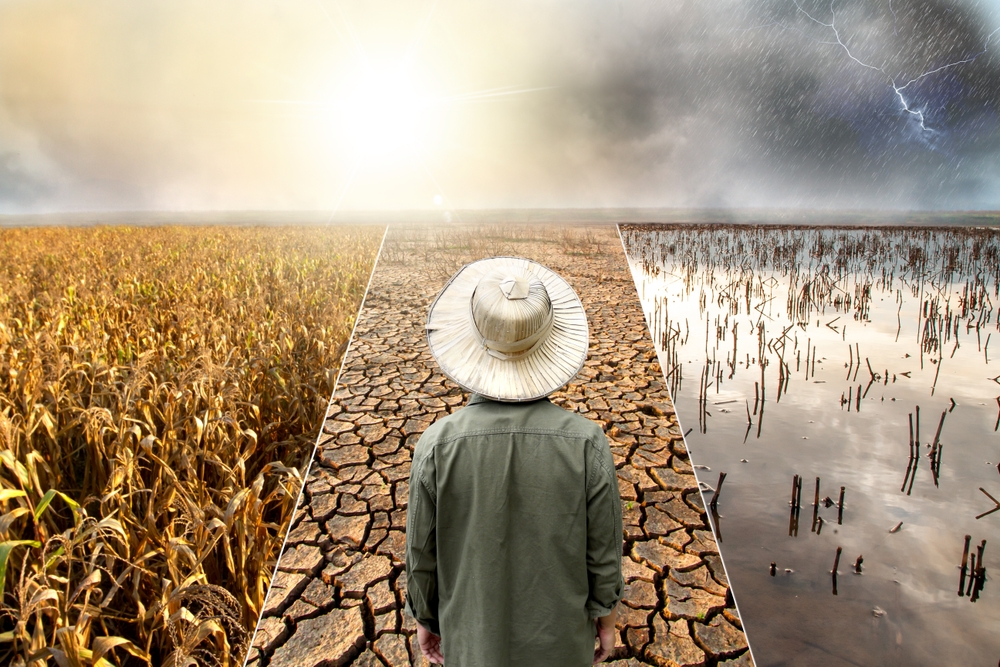
The ice sheet does more than store ice. In fact, it shapes ocean currents and even weather patterns far away. If it melts, ocean circulation could weaken, changing how heat and nutrients move around the globe. This could make weather extremes more intense. As a result, droughts and floods might hit harder. So, the collapse of this ice sheet wouldn’t just be a local disaster, it would send shockwaves around the world. Clearly, protecting it is about safeguarding everyone’s future.
Final Thoughts
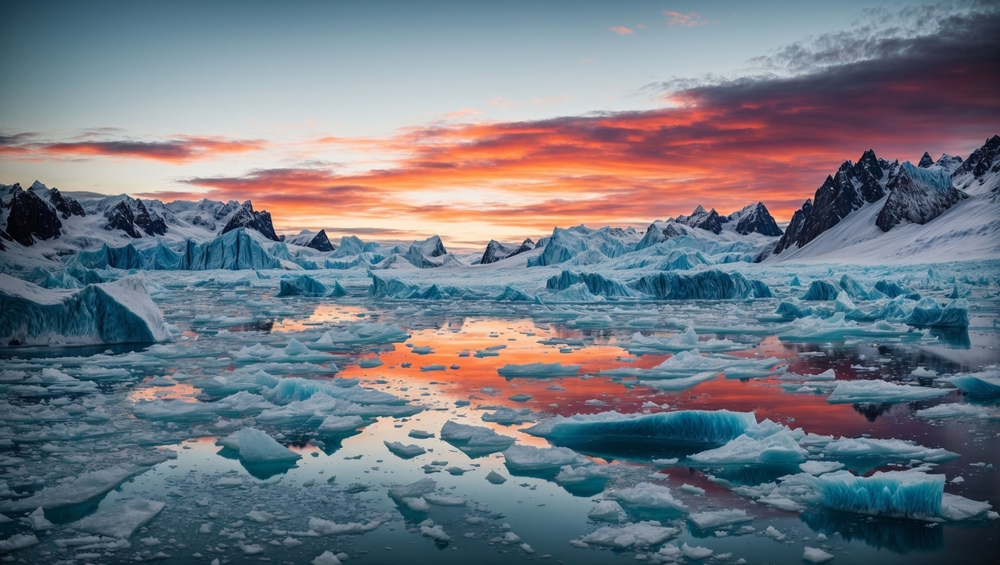
The message is clear. The frozen sheet of Antarctica is at risk, and so is our future. Small changes in temperature can lead to huge consequences. Coastal communities and small islands face the highest risk. But the effects will be felt worldwide. Cutting carbon emissions and slowing global warming is the only way to avoid this irreversible damage. Now is the time to act, because once the ice is gone, there’s no going back.
Read More: Scientists Report Rare Ice Growth in Antarctica After Years of Steady Decline
